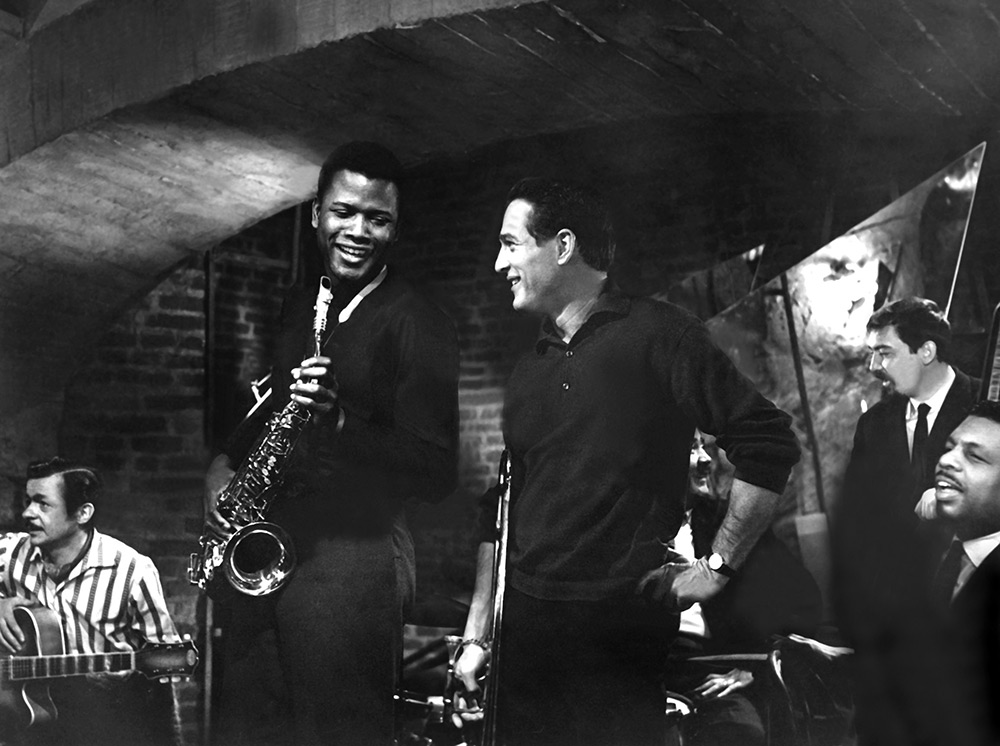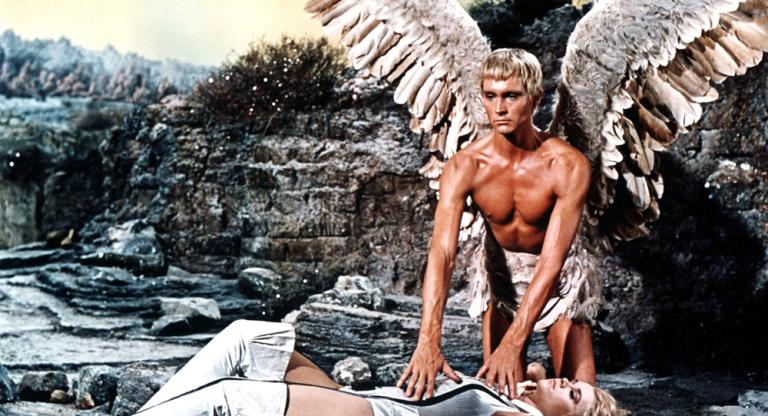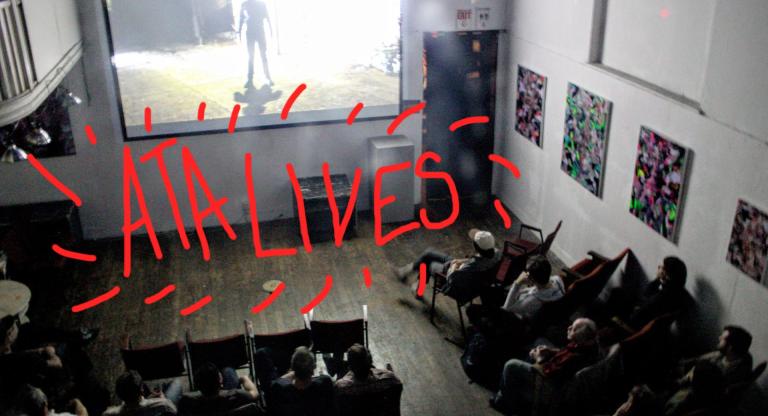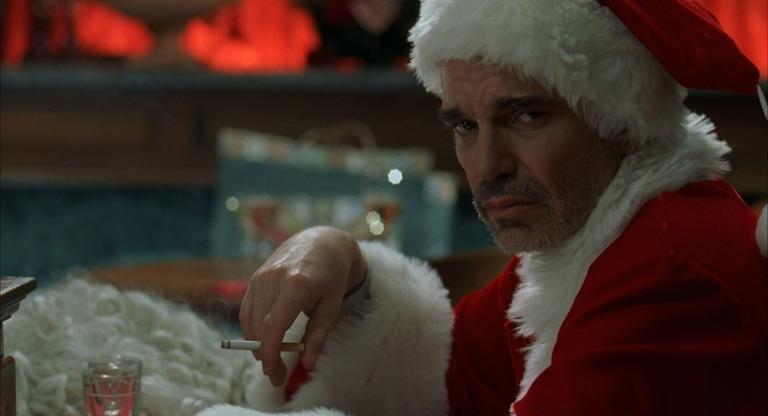Paris occupies a special space in the American literary imagination. Time and time again, authors and their characters alike have retreated to the Seine. From Ernest Hemingway to James Baldwin, the cafés and bars of the Latin Quarter have acted as sites of refuge for Yankee outcasts; in the backdrop of the city’s Haussmannian façades, an ocean away from troubled pasts, disaffected expats have roamed aimlessly. Yet, as the Western world moved away from the postwar reconstruction of the ‘50s, political contradictions present both states-side and in France came to an incendiary climax in the following decade. In Martin Ritt’s Paris Blues (1961), the eponymous city allows for the fleeting romances and grand ambitions of American émigrés to play out in a vacuum.
In a smoky, subterranean jazz bar, trombone-player Ram (Paul Newman) and saxophonist Eddie (Sidney Poitier) get together with tourists Lillian (Joanne Woodward) and Connie (Diahann Carroll). Just like Ram and Eddie introducing the girls to the city, Ritt’s film invites Americans into a fantasy of living in the French capital. Breakfasts at dawn in Les Halles, strolls along cobblestone streets and house parties with jazz musicians—all to the tune of a moody Duke Ellington score. In one of Paris Blues’s most memorable scenes, bar patrons gather around the stage as Eddie, Ram, and their band engage in a spirited jam session with a world-famous trumpeter who goes by “Wild Man Moore,” played by real-life jazz titan Louis Armstrong. It’s through musical sequences like these that Ritt makes Paris feel like an idyllic safe haven. There, people can spend hours freely playing the night away, concealed by the cover of cigarette clouds and trays of wine glasses, without a care for anything else in the world.
Adapted from Harold Flender’s novel of the same name, the tensions in the film’s central relationships reflect, albeit whitewash, broader questions that faced mid-century Americans. Though the relationships of both couples bloom, conflicts arise in their respective paradises. While both women try to convince their counterparts to come back to the United States, the men remain reluctant. Ram, fixated on becoming a renowned Jazz composer, refuses to sacrifice his career for a stable, small-town marriage. As a Black man, Eddie sees Paris as a sanctuary and refuses to sacrifice the relative safety of the French capital for the racial hostility he’ll likely face back home. Not unlike other Americans writers and artists who have romanticized the city, Ritt primarily frames Paris in terms of what U.S. cities aren’t, as opposed to actually engaging with the nuanced social context of Postwar France. While real Black Americans like Baldwin did seek refuge in the country, the film steers clear of the fact that France had been mired in an ongoing colonial war with Algeria for nearly a decade by 1961. Just a month after the film’s theatrical release in the U.S., police units were involved in the mass murder of well over a hundred French-Algerian demonstrators in Paris.
Paris Blues inevitably falls short in making any incisive commentary of Civil Rights-era politics or defying the Hollywood social taboos of the period. Unlike its source material, which focused far more on Eddie’s character, the film arguably puts Newman’s Ram in the spotlight. In his memoir, This Life, Poitier called the film’s screenplay a “one-dimensional concoction,” lamenting rumors that the original plan was to pair him with Woodward and Newman with Carroll instead. In 1961, as social upheaval flared up in both France and the U.S., it seemed interracial relationships were still deemed far too “revolutionary” for industry executives.
Paris Blues screens this afternoon, June 19, and on June 21, at the Museum of Moving Image on 35mm as part of “Celebrate Juneteenth.” This screening will be followed by a conversation with Louis Armstrong House Museum Historian Hyland Harris about Louis Armstrong’s film performances, featuring a presentation of archival materials.



